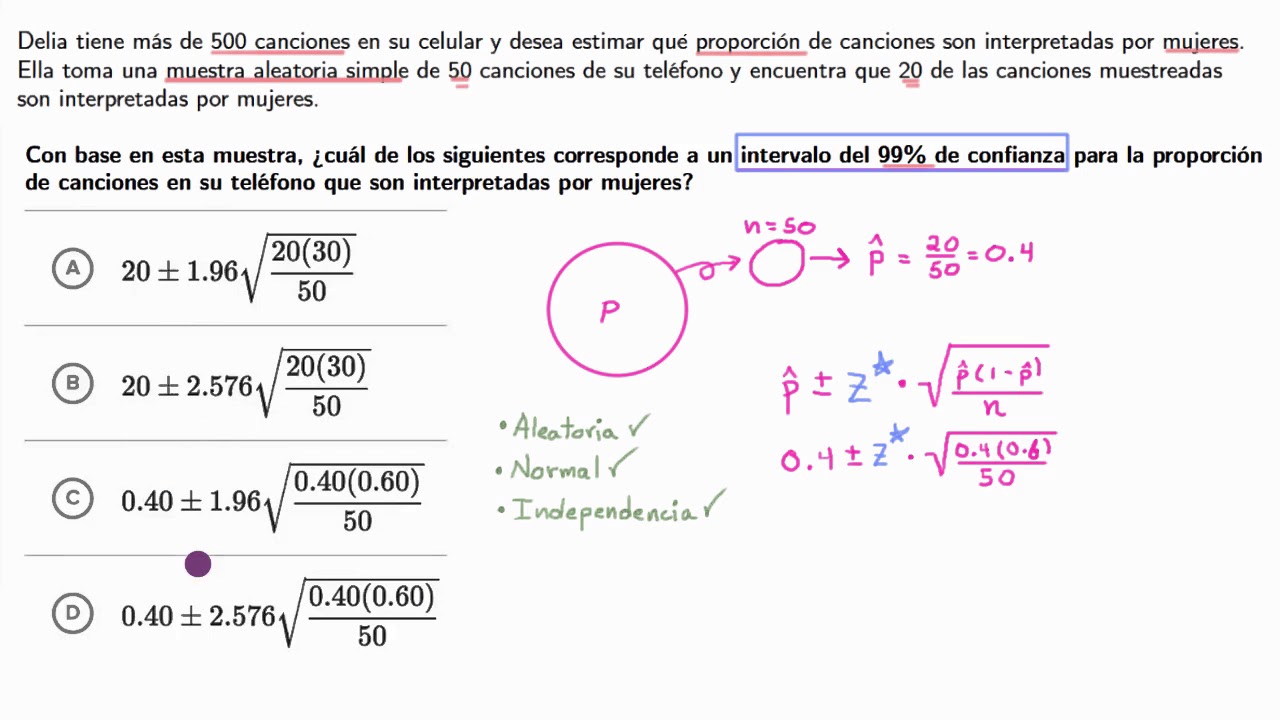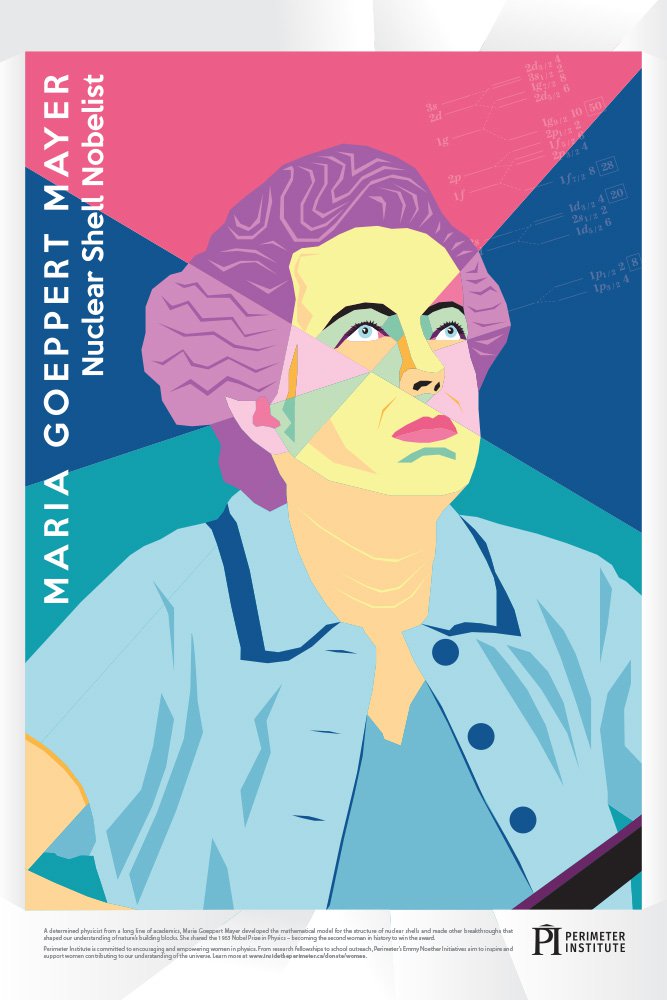

Los que dejaron de fumar presentaron una OR ajustada de 0,90 (IC del 95%, 0,47-1,71) respecto a los no fumadores, mientras que los que continuaron fumando presentaron una OR ajustada para un nuevo IAM de 2,90 (IC del 95%, 1,35-6,20) respecto a los que dejaron de fumar. El ajuste del modelo por otros estilos de vida, tratamientos farmacológicos y factores de riesgo (antecedentes familiares de enfermedad coronaria, hipertensión arterial, hipercolesterolemia y diabetes mellitus) mantuvo la OR (2,80 ). El hábito de fumar después del primer IAM presentó una odds ratio (OR) de 2,83 (intervalo de confianza del 95%, 1,47-5,47) para un nuevo IAM. Los casos (n = 137) fueron todos los pacientes con un reinfarto entre 1997 y 2002, emparejados con los controles por sexo, edad, hospital, entrevistador y tiempo de prevención secundaria. Estudio de casos y controles (1:1) anidados en una cohorte de 985 pacientes coronarios, menores de 76 años, no tratados con procedimientos invasivos o quirúrgicos, que sobrevivieron más de 6 meses tras el primer infarto. El objetivo de esta investigación fue estimar las medidas de asociación entre la aparición de un reinfarto fatal o no fatal y el mantenimiento o el abandono del hábito tabáquico tras un primer infarto, en pacientes sometidos a medidas de prevención secundaria. Dejar de fumar reduce la mortalidad en pacientes coronarios. The risk of reinfarction in patients who stop smoking is similar to the risk of non-smokers before the first infarction. The risk of acute myocardial infarctions is three times higher in patients who continue to smoke after an acute coronary event compared with patients who quit. Continued smoking had an adjusted OR of 2.90 (95% CI, 1.35-6.20) compared to quitting after the first acute myocardial infarction. Patients who quit smoking had an adjusted OR of 0.90 (95% CI, 0.47-1.71) compared with non-smokers before the first acute myocardial infarction.

Adjustment for lifestyle, drug treatment, and risk factors (family history of coronary disease, high blood pressure, hypercholesterolemia, and diabetes mellitus) did not change the OR (2.80 ). Patiehts who smoke after the first acute myocardial infarction had an odds ratio (OR) of 2.83 (95% CI, 1.47-5.47) for a new acute myocardial infarction. A control patient was matched with each case by gender, age, hospital, interviewer, and the secondary prevention timeframe. Cases were all patients who suffered reinfarction (n = 137) between 19. The study was a case-control (1:1) design nested in a cohort of 985 coronary patients under the age of 76 years who were not treated with invasive procedures and survived more than 6 months after the first acute myocardial infarction. The aim of this study was to estimate association measures between the risk of occurrence of fatal or non-fatal reinfarction in patients who either continue to smoke or stop after a first infarction and are treated with secondary prevention measures. Smoking cessation reduces mortality in coronary patients.


 0 kommentar(er)
0 kommentar(er)
